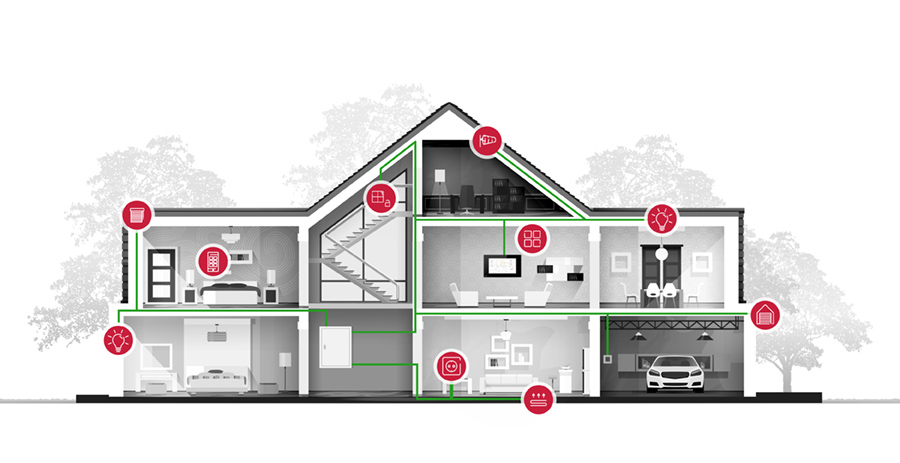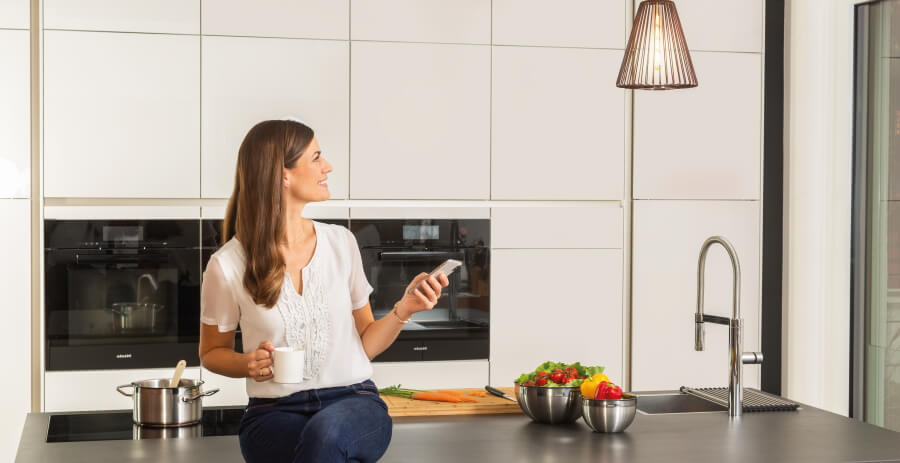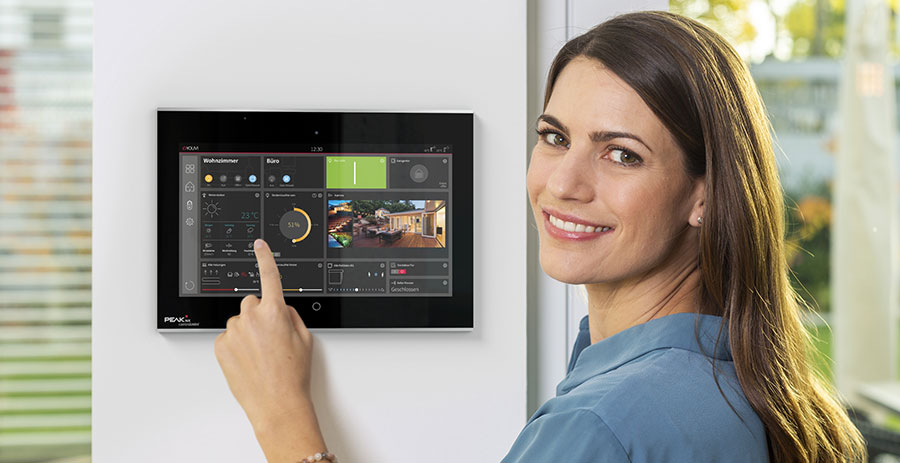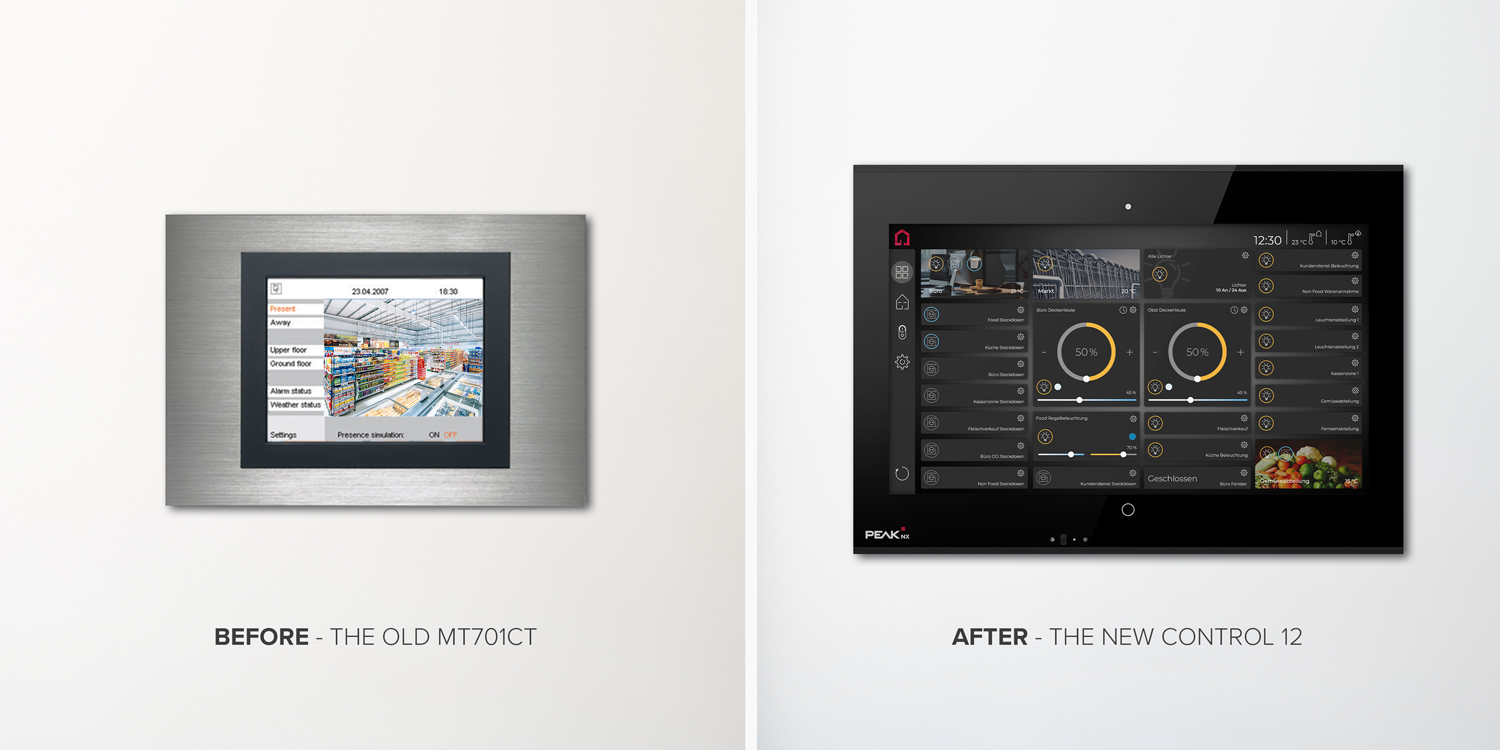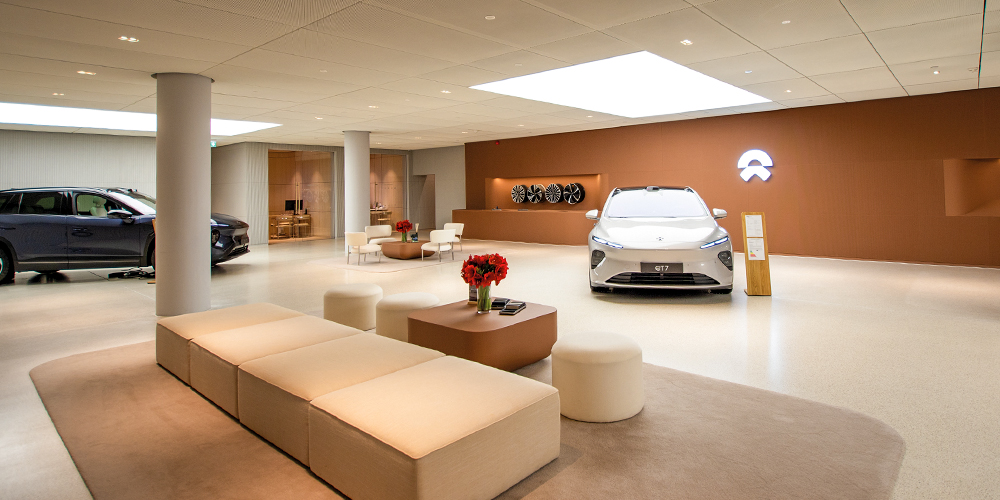One of the basic functions of a smart home is an automated heating system in addition to intelligent lighting or shading control. According to the Federal Ministry of Economics and Climate Protection, heating and hot water in private households account for around 35 % of energy consumption in Germany. In German households, heating in particular is responsible for the majority of energy costs. Efficient heating can significantly reduce these costs. But what is important and what distinguishes an intelligent heating control system?
Isolated solution vs. system solution
There are two ways to make a heating system smart: With individual radiator thermostats or integrated into a system world.
Individual smart thermostats are more of a stand-alone solution. Smart light bulbs or room temperature sensors are also such individually installable applications that can usually be easily retrofitted. The individual devices are integrated into the network via WLAN or radio. Such stand-alone solutions are often an easy entry into the smart home world and are particularly suitable for retrofitting or for rented flats.
Learn more about the topic of KNX or wireless system for the smart home here.
In new buildings, it is advisable to integrate a comprehensive smart home system to benefit from all the advantages of a fully networked building. Here, important functions such as heating, ventilation, lighting, shading and also entertainment are networked with each other. With pre-programmed logics for example, building automation can be realized through defined reactions to certain sensor values or timers, which automatically create an optimal indoor climate that is tailored to the individual preferences and needs of the occupants.
Such a system requires comprehensive planning and programming of the KNX actuators. Such smart home projects that focus on energy efficiency are supported by the Federal Office of Economics and Export Control, for example with the BEG subsidy for efficient buildings.
What advantages does smart heating offer?
Save energy and costs
A smart home can save a lot of energy compared to conventional buildings, as heating is only used when necessary. Various studies dealing with the topic of energy efficiency prove that CO2 emissions can be reduced in the smart home. At this point, however, it is important to look at the details: Not all smart home applications are energy efficient.
Depending on the type of devices, the degree of networking and the installation, the energy consumption can even be increased, as the power consumption for operating the individual devices is higher. For intelligent technology to unfold its potential, it is therefore important to program and network it accordingly. If the heating is additionally networked with various other devices or sensors, it is possible, for example, to prevent full heating while the window is tilted.
Especially in times of rising energy prices, this offers house residents enormous savings potential compared to conventional buildings. Users can easily keep an eye on the energy management of their house and view the temperature curves in individual rooms, so that they are not only informed of excessive consumption when they look at the meter reading.
Create a healthy indoor climate
The air quality in one's own home has a great influence on whether one feels comfortable or not. Too high room temperatures or stale air, for example, can cause headaches, dizziness, fatigue and concentration problems. Air humidity also has an influence on the well-being and can even promote mold in the case of too high humidity.
A smart home not only ensures a constant room temperature but can also measure the CO2 content or humidity and react to it automatically. For example, users can receive a notification that the CO2 level is too high and that it would make sense to ventilate. Especially the integration of ventilation systems helps to keep the room air "fresh" without having to open the windows. Compared to heating, many ventilation systems offer the possibility of energy recovery. In this case, the heat of the exhaust air is already used to preheat the supply air accordingly in winter. In summer, this bypass can then be avoided so that the air is led into the house as cool as possible.
Comfortable control
A smart heating control system offers its occupants comfort above all. The temperature in different rooms can be regulated individually: the bedroom should have a cooler temperature, while the living rooms are heated to a comfortable temperature. An intelligent heating system ensures that the predefined temperature is always set automatically and can be preset by timer throughout the day or for different weekdays.
If the temperature does need to be adjusted individually, there is another convenient advantage: there is no need to get up from the sofa to turn the heating up or down if you control it via your smartphone or use voice control.
In a fully networked Smart Home, it is also advisable to integrate a control center at a central location in the house. Here you always have an overview of all the states in the house and can also adjust them. Learn more about the differences between fixed KNX panels and mobile devices.


